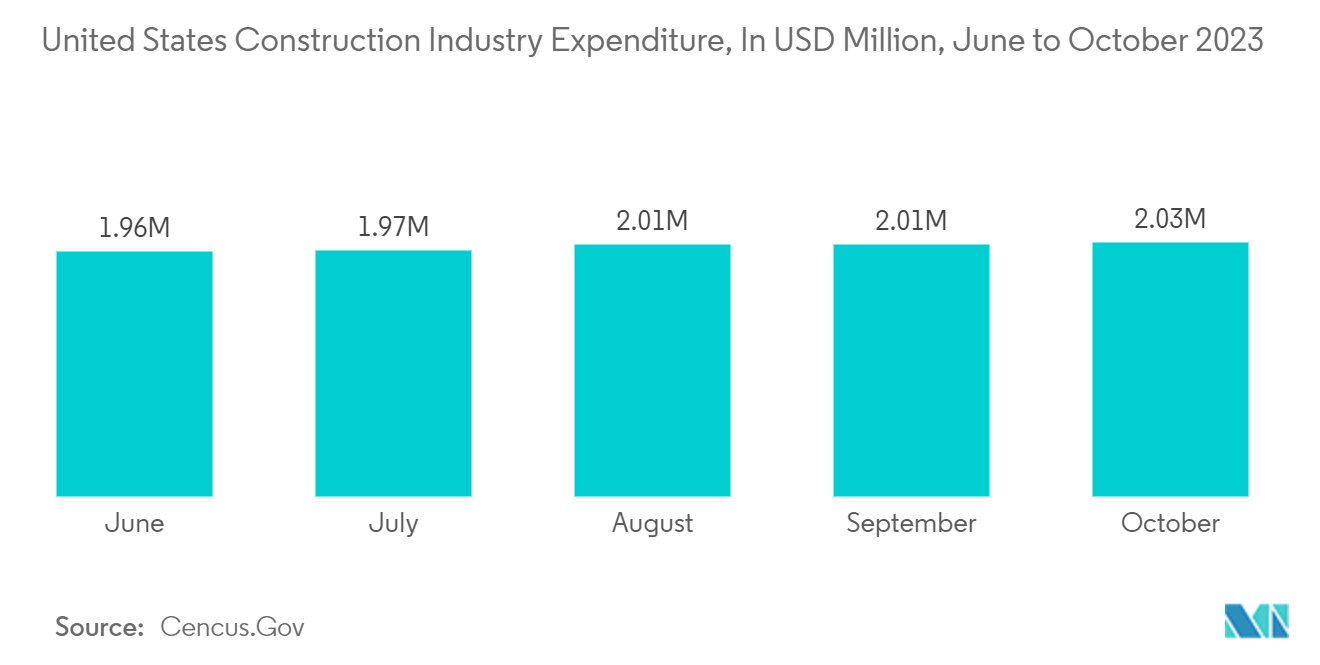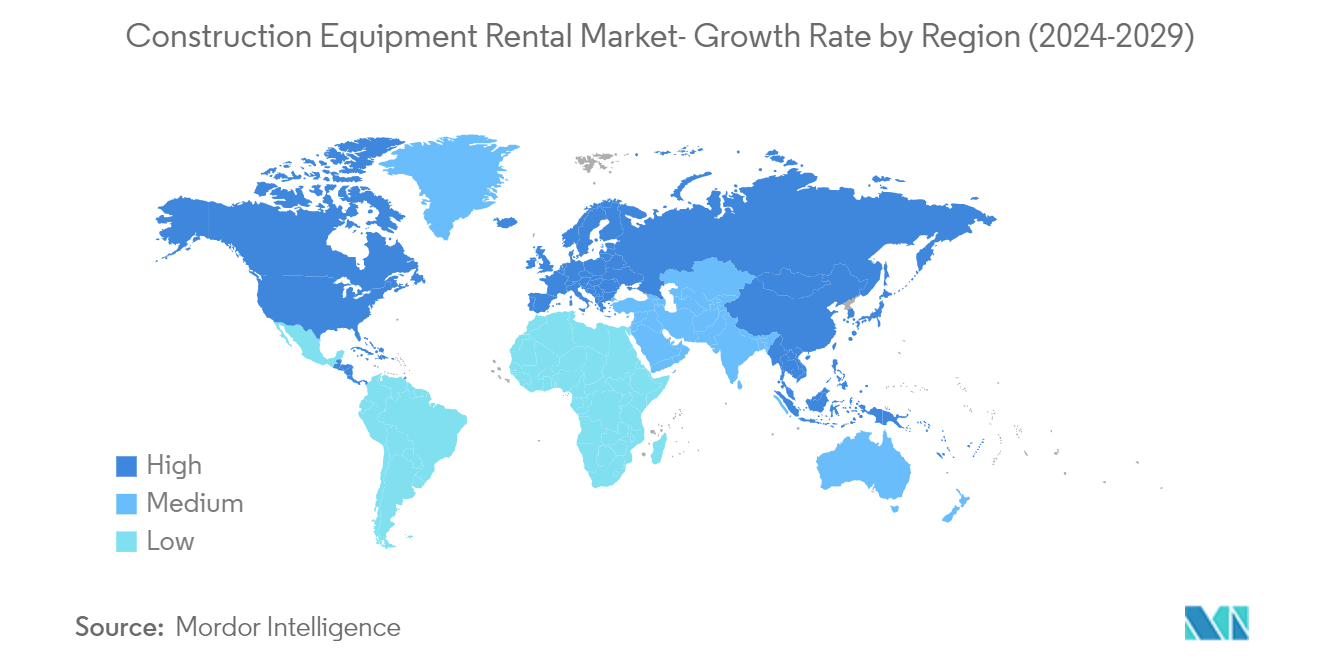Market Trends of Construction Equipment Rental Industry
ICE Engine is Expected to Hold the Highest Share
Internal combustion engines dominate and are characterized by high power and full mobility. Users can choose between light and simple gasoline engines and durable and powerful diesel engines specially developed for off-road applications. They are perfectly suited to the toughest environmental conditions and are ideal for a large variety of industries and applications.
The most significant advantage of a gasoline engine is its simple design and low weight. This drive type is mainly used in small, portable tools like power cutters. The operating costs of gasoline engines are relatively low, and they reach operating temperature much faster, so they are ready for high-speed operation.
The diesel engine has several huge advantages, as compression-ignition engines generate much higher torque and can work under a much higher load. An additional advantage of the diesel engine is lower fuel consumption than gasoline engines.
With the ongoing technological advancements in internal combustion engines, companies are focusing on making equipment sustainable to achieve the goal of carbon neutrality by 2050.
With the development of fuel cells or batteries, electrics cannot operate efficiently in harsh conditions. Thus, internal combustion engines will remain the primary power train in this sector. As regulations limiting CO2 emissions are getting tighter worldwide, hydrogen combustion plays a better option in decarbonizing these engines, with a relatively minor requirement for further technical innovation.
For instance, in December 2023, the Minister of Road Transport and Highways of India unveiled Asia's first construction machine powered by hydrogen by JCB, which is part of JCB's USD 100 million investment to reduce the carbon footprint in construction.
Thus, IC engines are expected to hold a major share in the market.

Asia-Pacific is Anticipated to Gain a Significant Market Share
Asia-Pacific is one of the largest markets that has perceived a boom in infrastructural and construction development because of the government's increasing emphasis on developing infrastructure for a sustainable economy. This region experienced growth in the number of Special Economic Zones (SEZs), hydroelectric projects, dams, highway constructions, metro construction, airports, etc., to sustain high-level industrial activities, growing energy demand, and better connectivity. As a result, several international players have started commencement to invest. They are setting up regional distribution centers and manufacturing facilities to meet the mounting demand and capture the regional market.
According to government sources, in countries like India, the population is expected to be 1.64 billion by 2047, and an estimated 51% of India’s population is likely to be living in urban centers. With the rise in urban population, urbanization is expected to happen at a faster pace, creating a demand for mid-end and affordable units.
Under the National Project Scheme, India has an investment budget of USD 1.4 trillion for infrastructure by 2025, thus boosting the demand for construction equipment.
Considering the scenario, construction machinery manufacturers, such as Sumitomo Corporation, Hitachi, Caterpillar, and Liebherr, are making huge investments in fleet expansions, mergers, and capacity expansions.
For instance, in November 2023, China’s largest equipment rental company, Horizon Construction Development, began to expand into Southeast Asia with planned rental locations in Indonesia, Thailand, Vietnam, and Singapore.
Thus, such factors are boosting the demand for construction equipment.


